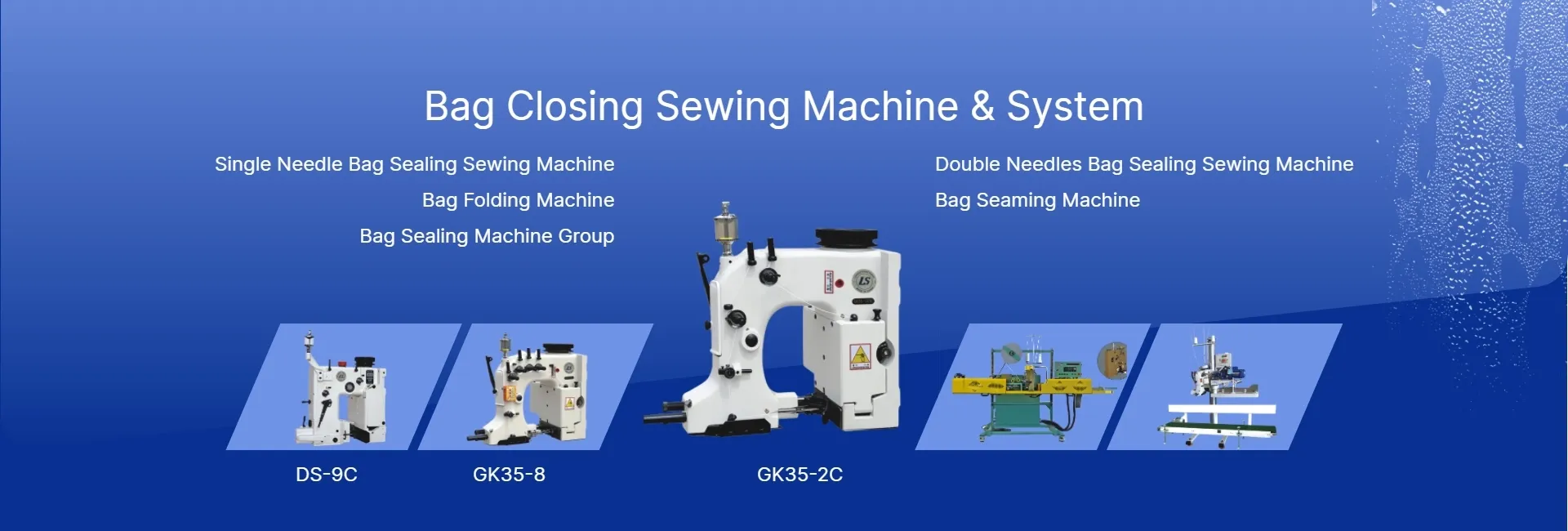sewing vinyl upholstery
Sewing Vinyl Upholstery A Guide to a Durable and Stylish Finish
Vinyl upholstery is a popular choice for a variety of furniture and interior design projects due to its durability, ease of maintenance, and stylish appearance. Whether you’re reupholstering an old chair, creating a new cushion, or covering a bench, sewing with vinyl can provide a beautiful and functional finish. This guide will explore the essential tips and techniques for successful vinyl upholstery sewing.
Choosing the Right Vinyl
The first step in any upholstery project is selecting the right material. Vinyl comes in various grades, colors, and textures. When choosing vinyl, consider the intended use of the item. For high-traffic areas, opt for commercial-grade vinyl, which offers enhanced durability and can withstand wear and tear. For less used items, a lighter-weight vinyl may be suitable. Additionally, consider the aesthetic aspect—select a color and texture that complements your overall design scheme.
Preparing the Materials
Before you start sewing, it’s crucial to prepare your materials properly. Start by measuring your furniture to determine how much vinyl you’ll need. Always add a few extra inches to your measurements to account for seams and hems. Then, cut the vinyl with a rotary cutter or scissors to ensure clean edges. Keep in mind that vinyl can stick to certain surfaces, so use a cutting mat or a surface that prevents this.
Using the Right Tools
Sewing vinyl requires specific tools to achieve the best results. A walking foot or Teflon presser foot is ideal, as it helps to move the vinyl smoothly through the sewing machine without causing it to bunch or slip. Use a heavy-duty needle, such as a size 16 or 18, designed for thick materials. It's also advisable to use a polyester thread, as it is stronger and more resistant to UV rays and moisture.
sewing vinyl upholstery

Techniques for Sewing Vinyl
When sewing vinyl, take your time and utilize a few key techniques to ensure a successful outcome. Start by testing your sewing machine with scrap pieces of vinyl to adjust settings as needed. When sewing seams, use a straight stitch with a longer stitch length (around 3.0 to 4.0) to prevent perforating the vinyl too much, which could lead to tearing.
When working with curves or corners, consider using binder clips instead of pins. Pins can leave holes in the vinyl and may not hold the material tightly together. Binder clips, on the other hand, will keep the layers in place while you sew.
Finishing Touches
After sewing your pieces together, you may want to finish the edges. To prevent fraying, use a zigzag stitch along the raw edges or an overlock stitch if you have a serger. For a professional look, consider adding a piping or trim to the seams for an elegant finish.
Caring for Vinyl Upholstery
One of the significant advantages of vinyl upholstery is its easy maintenance. Regularly dust and wipe down surfaces with a damp cloth to keep them clean. For tougher stains, a mild soap solution works well; ensure you dry the surface thoroughly after cleaning to prevent moisture buildup.
In conclusion, sewing vinyl upholstery can be a rewarding project that enhances the aesthetic and functionality of your furniture. With the right materials, tools, and techniques, you can successfully tackle any vinyl upholstery project and enjoy a stylish and durable finish that lasts for years to come.
-
Heavy Duty Leather Sewing Machine: A Must-Have for Professional LeatherworkNewsMay.28,2025
-
Leather Sewing Machine: Essential for High-Quality LeathercraftNewsMay.28,2025
-
Extra Heavy Duty Sewing Machine for Premium Leather ApplicationsNewsMay.28,2025
-
Walking Foot Cylinder Arm Sewing Machine: Precision and Power CombinedNewsMay.28,2025
-
Industrial Cylinder Arm Sewing Machine: Engineered for High-Performance StitchingNewsMay.28,2025
-
Cylinder Bed Sewing Machine: A Powerful Solution for Precision StitchingNewsMay.28,2025
-
Zigzag Sewing MachineNewsMay.12,2025





























